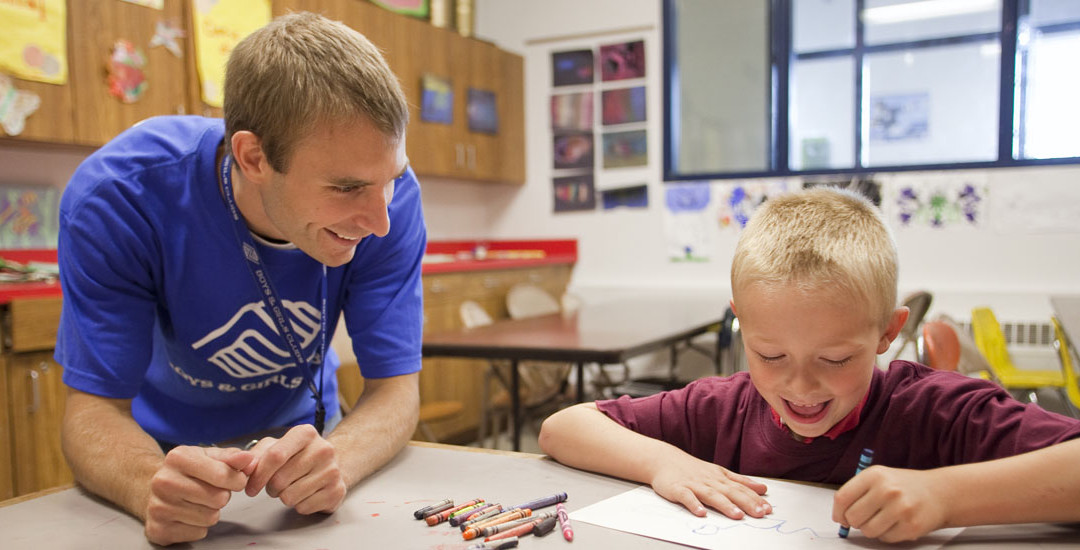You may have seen some of the articles published by the New York Times on May 4th about upward mobility. They’re certainly a fascinating read. Here are links to three of them: an atlas of upward mobility, an interactive piece about how your area compares to other places in the country, and an economist’s view on why this research matters.
If you haven’t taken the time to at least browse these articles, I invite you to read or skim them now before reading the rest of this post.
The concept of the research behind these articles is fascinating. As someone who studied sociology in college, I found it interesting to look at an issue that has been at the forefront of my considerations since beginning my term of service as an AmeriCorps VISTA—whose role is to help fight poverty and help the community through my service at the Boys & Girls Clubs of Utah County. As intrigued as I was by this study and its findings, I’ll be the first to admit I had concerns, primarily with what we may try to do with the information here.
Near the end of the first article I linked, the writers addressed my largest issue with these studies.
For all the benefits that moves can bring, they are not a solution to poverty, said people who have seen the new paper as well as the researchers themselves. Finding ways to improve those neighborhoods, for people who cannot or do not want to move, is also important, researchers and policy makers said.
“We can’t walk away from them,” Mr. Castro, the housing secretary said. “We need a two-pronged approach.”
Here in Utah County we can feel good that, according to the interactive article comparing counties in the country, we are “better than about 91 percent of counties.” This article cites five factors that researchers have found in association with strong upward mobility:
- Less segregation by income and race
- Lower levels of income inequality
- Better schools
- Lower rates of violent crime, and
- A larger share of two-parent households.
Nathaniel Hendren, one of the Harvard economists who helped conduct the main study, was quoted in the Atlas of Upward Mobility about the places most conducive to upward mobility.
These places tend to share several traits, Mr. Hendren said. They have elementary schools with higher test scores, a higher share of two-parent families, greater levels of involvement in civic and religious groups and more residential integration of affluent, middle-class, and poor families.
Though we are in the top 10% of counties in the nation, there is room for improvement here in Utah County. The Boys & Girls Clubs are here to assist in this progress, with a focus on helping young people work towards great futures that start here.
Helping Utah’s youth along the path to great futures is no easy task, nor is it something that just one person can do. It takes a village. Just look at the number of people who work and volunteer at each of our program sites. I would be especially remiss if I didn’t take the opportunity now to offer my deep appreciation for the mothers and other strong women that work tirelessly to help with this process of improving Utah County and helping young people here attain success. With Mother’s Day just around the corner as a timely reminder to thank these women for all they do, I hope we can each take the time to thank the women who have made a difference. We are grateful for all of the mothers of our Club members and for the strong women who help run our program sites: site directors, staff members, and volunteers. These women are incredible and we are lucky to have them working with the youth.
The mission that all of the women and men at our program sites work towards is to inspire and enable all young people, especially those who need us most, to reach their full potential as productive, caring, and responsible citizens and leaders. After all, this is the generation of young persons who will take these efforts into the future, replacing us and working with tomorrow’s youth. Not only do we help them improve academically, we work to help engage them socially and civically: all things that, according to the experts doing these studies, will help Utah County become an even better place for people to achieve upward mobility.
Take the chance to get more involved in your community as a volunteer with the Boys & Girls Clubs of Utah County. Fill out the brief application here. Whether you want to be a tutor, or help with activities, or assist with social media or community outreach, we can use your help. Together we can ensure that great futures start here.

